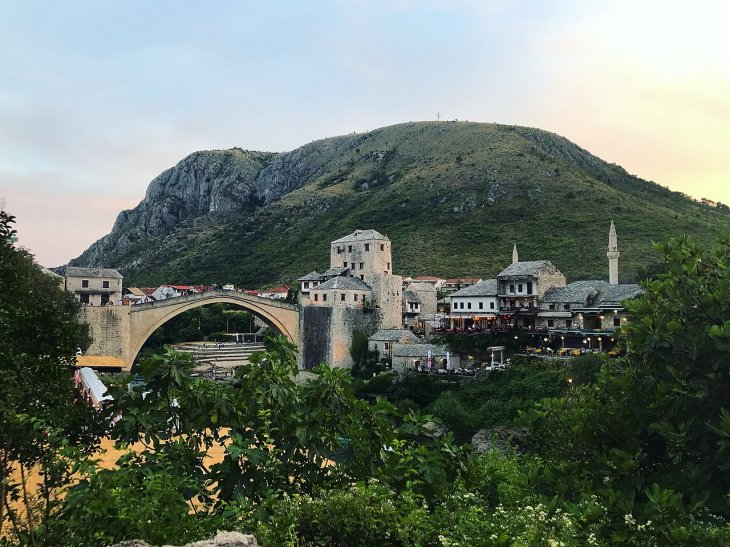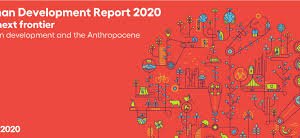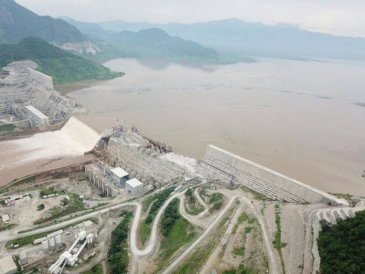The people of Bosnia and Herzegovina are governed by three presidents, 14 prime ministers, 180 ministers, and 700 members of parliament (who sit in 14 different parliaments).

The beautiful and symbolic bridge in the capital Mostar. Wikimedia Commons.
A ping on my phone last fall told me that she was now a widow. The message was from my Bosnian friend in Sarajevo. Her husband had lost his struggle after a long illness. She sits alone in her apartment with her dog, her memories and responsibility for two children fast approaching adulthood.
They will not benefit from any dependents’ pension or war pension. In addition, due to the pandemic, the organization she worked for has lost its funding. They have had to close down, so now she has also lost her income.
When I call her on Zoom to ask how she is doing, she sheds brave tears and wonders how she will manage. She has worked in an organization focused on peace and reconciliation since the Bosnian War, but no one will pay for this work any longer.
The war ended long ago. Now the priority is to combat the pandemic. Why should one do anything to support more efforts to promote peace and reconciliation in Bosnia and Herzegovina today? It is now 25 years since the signing of the Dayton Peace Accords.Read More


 Over the years the UNDP has also refined the index. Creating alternatives that alongside these core human development factors also feature gender equality, inequality, and, most recently, planetary pressure.
Over the years the UNDP has also refined the index. Creating alternatives that alongside these core human development factors also feature gender equality, inequality, and, most recently, planetary pressure.





